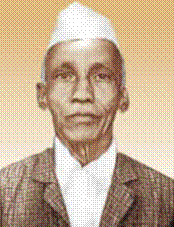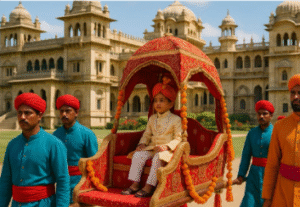D.R. Kaprekar (1905–1981) was an Indian mathematician known for his work in number theory, particularly his discovery of the Kaprekar Constant (6174) in 1946.
The Kaprekar routine is a process where, starting with any four-digit number (excluding repdigits like 1111), one repeatedly arranges its digits in descending and ascending order, subtracts the smaller number from the larger one, and eventually reaches 6174 in at most seven iterations.
Kaprekar’s Process:
- Choose a four-digit number (with at least two different digits).
- Arrange the digits in descending and ascending order to form two numbers.
- Subtract the smaller number from the larger one.
- Repeat the process with the result.
Example: Starting with 3524
- 5432 – 2345 = 3087
- 8730 – 0378 = 8352
- 8532 – 2358 = 6174
Once we reach 6174, repeating the process 6174 – 1467 always gives 6174.
Unique to 4-digit numbers: No other four-digit number behaves this way.
Works for most non-repeating 4-digit numbers.
Kaprekar’s Routine for 3-digit numbers converges to 495 instead.
Kaprekar Numbers: Numbers such that, when squared, the sum of their split parts gives back the original number (e.g., 45 → 45² = 2025, and 20 + 25 = 45).
Self-numbers: Numbers that cannot be generated by adding a number to the sum of its digits (e.g., 20, 31, 42, etc.).
Harshad Numbers: Numbers divisible by the sum of their digits (e.g., 18 → 1+8 = 9, and 18 is divisible by 9).
Despite working without formal institutional support, D.R. Kaprekar’s discoveries have fascinated mathematicians worldwide, and his legacy continues in recreational and number theory mathematics.







